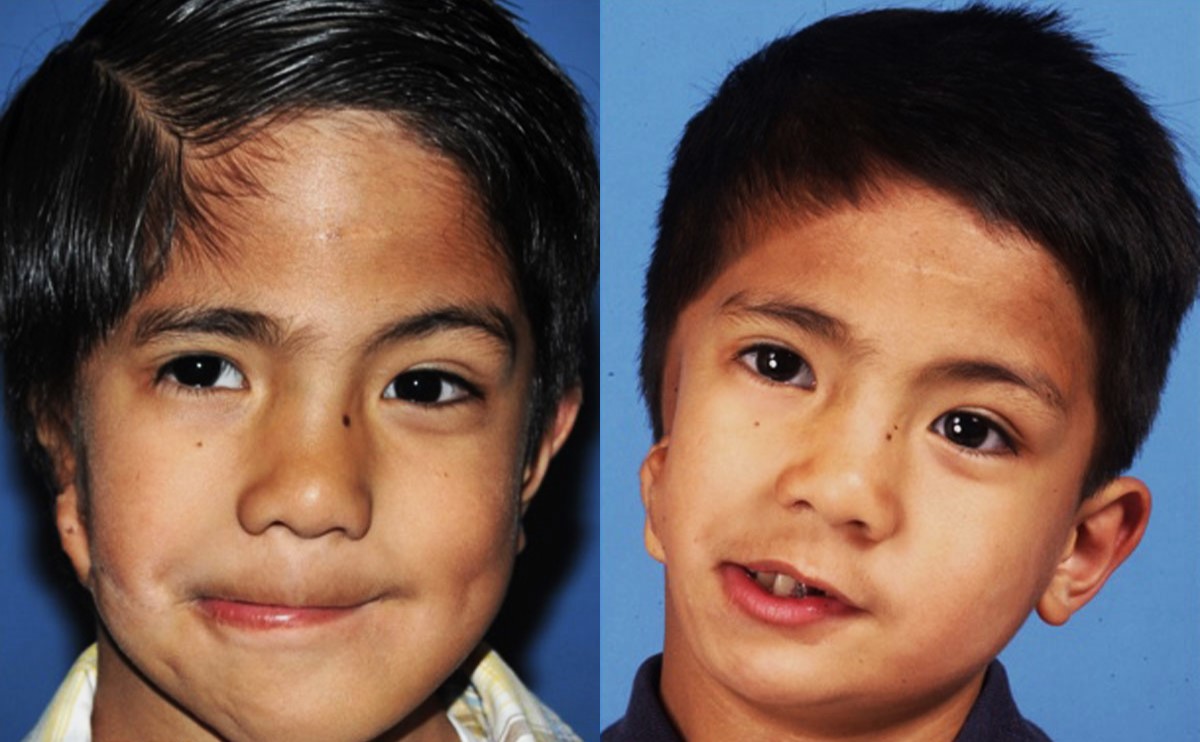
Microsomia Hemifacial Radial Defects might sound like a mouthful, but understanding it can be simpler than you think. This condition affects the development of the face and sometimes the ears, eyes, and spine. Microsomia means "smallness," and hemifacial refers to one side of the face. Radial defects involve the radius bone in the arm. These defects can vary widely, from mild to severe. Some people might have a small jaw or ear, while others could have more noticeable differences. Knowing the facts about this condition can help in recognizing and supporting those who have it. Let's dive into 30 key facts that will give you a clearer picture of Microsomia Hemifacial Radial Defects.
Key Takeaways:
- MHRD is a rare condition affecting facial and limb development, causing asymmetry and structural abnormalities. Early diagnosis and a range of treatments can improve quality of life for those affected.
- Ongoing research into genetic and environmental factors, as well as new treatments, offers hope for better understanding and management of MHRD. Increased awareness can lead to earlier diagnosis and improved support.
Understanding Microsomia Hemifacial Radial Defects
Microsomia Hemifacial Radial Defects (MHRD) is a rare congenital condition affecting the development of the face and sometimes the limbs. This condition can vary widely in severity and presentation. Here are some intriguing facts about MHRD that shed light on its complexities.
-
MHRD is a congenital disorder: This means it is present at birth and results from developmental issues during pregnancy.
-
Affects facial symmetry: One side of the face is typically underdeveloped, leading to asymmetry.
-
Can involve the ears: Often, the ear on the affected side is smaller or malformed, a condition known as microtia.
-
May impact the jaw: The lower jaw on the affected side is usually smaller, a condition called mandibular hypoplasia.
-
Can affect the eyes: The eye on the affected side may be smaller or positioned differently.
Causes and Risk Factors
Understanding what causes MHRD and the associated risk factors can help in early diagnosis and management.
-
Genetic factors: Some cases of MHRD are linked to genetic mutations, though the exact genes involved are still being studied.
-
Environmental factors: Exposure to certain environmental factors during pregnancy, such as certain medications or illnesses, may increase the risk.
-
No single cause: Often, MHRD results from a combination of genetic and environmental factors.
-
Family history: Having a family history of craniofacial anomalies can increase the risk of MHRD.
-
Maternal diabetes: Pregnant women with diabetes have a higher risk of having a child with MHRD.
Symptoms and Diagnosis
Recognizing the symptoms and understanding the diagnostic process is crucial for managing MHRD effectively.
-
Facial asymmetry: The most noticeable symptom is the uneven development of facial features.
-
Ear abnormalities: Malformed or missing ears are common in MHRD.
-
Breathing difficulties: Some children may have trouble breathing due to underdeveloped airways.
-
Feeding problems: Infants with MHRD might struggle with feeding due to jaw and mouth abnormalities.
-
Speech delays: Speech development can be delayed due to structural issues in the mouth and jaw.
Treatment Options
Various treatment options are available to manage and improve the quality of life for individuals with MHRD.
-
Surgical interventions: Surgery can correct many of the structural abnormalities associated with MHRD.
-
Hearing aids: For those with ear abnormalities, hearing aids can improve hearing.
-
Speech therapy: Helps address speech delays and improve communication skills.
-
Orthodontic treatment: Braces and other orthodontic devices can help align the teeth and jaws.
-
Physical therapy: Assists in improving muscle function and coordination.
Living with MHRD
Living with MHRD involves ongoing care and support to ensure the best possible outcomes.
-
Regular medical check-ups: Continuous monitoring by healthcare professionals is essential.
-
Support groups: Joining support groups can provide emotional support and practical advice.
-
Educational support: Special educational services may be needed to address learning challenges.
-
Psychological support: Counseling can help individuals and families cope with the emotional aspects of MHRD.
-
Adaptive devices: Tools and devices can assist with daily activities and improve independence.
Research and Future Directions
Ongoing research is crucial for understanding MHRD better and developing new treatments.
-
Genetic research: Scientists are studying the genetic basis of MHRD to identify specific genes involved.
-
Stem cell therapy: Research is exploring the potential of stem cell therapy to repair or regenerate affected tissues.
-
Advanced imaging techniques: New imaging technologies are improving the accuracy of diagnosis and treatment planning.
-
Patient registries: Collecting data from patients worldwide helps researchers understand the condition better.
-
Public awareness: Increasing public awareness about MHRD can lead to earlier diagnosis and better support for affected individuals.
Final Thoughts on Microsomia Hemifacial Radial Defects
Microsomia Hemifacial Radial Defects, though rare, impact many lives. Understanding these conditions helps in recognizing the challenges faced by those affected. Early diagnosis and intervention can significantly improve quality of life. Treatments range from surgical procedures to speech therapy, tailored to individual needs. Support from family and community plays a crucial role in managing these conditions. Awareness and education about Microsomia Hemifacial Radial Defects can foster empathy and better support systems. Research continues to advance, offering hope for more effective treatments in the future. Remember, every small step in understanding and supporting those with these conditions makes a big difference. Stay informed, stay compassionate, and contribute to a more inclusive world.
Frequently Asked Questions
Was this page helpful?
Our commitment to delivering trustworthy and engaging content is at the heart of what we do. Each fact on our site is contributed by real users like you, bringing a wealth of diverse insights and information. To ensure the highest standards of accuracy and reliability, our dedicated editors meticulously review each submission. This process guarantees that the facts we share are not only fascinating but also credible. Trust in our commitment to quality and authenticity as you explore and learn with us.
